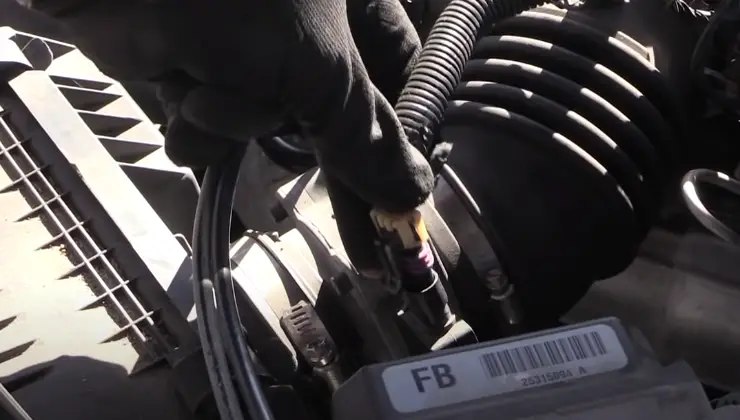The Mass Air Flow sensor plays a crucial role in determining the amount of air entering the engine, which directly affects fuel injection and ignition timing. In this article, we will delve into the details of what a 4.3 MAF reading at idle means, its implications, and troubleshooting tips to ensure optimal engine performance.
Contents
What is a 4.3 MAF Reading at Idle?
A 4.3 MAF reading at idle refers to the measurement of the Mass Air Flow sensor when the engine is running but remains at idle speed. The MAF sensor is responsible for monitoring the volume and density of the air entering the engine, allowing the engine control unit (ECU) to adjust the fuel mixture accordingly. This reading is expressed in grams per second (g/s) and provides valuable information to ensure the engine operates efficiently.
The Significance of 4.3 MAF Reading at Idle
Maintaining a proper 4.3 MAF reading at idle is crucial for several reasons. Let’s explore its significance in detail:
Optimal Fuel Injection
A 4.3 MAF reading at idle helps the ECU determine the appropriate fuel to inject into the engine. By accurately measuring the incoming air volume, the MAF sensor enables the ECU to adjust the fuel injection system for optimal combustion, ensuring smooth idling and reducing the chances of stalling.
Proper Ignition Timing
The MAF sensor reading at idle also influences the ignition timing. The ECU relies on the MAF data to adjust the spark timing, ensuring the ignition occurs at the right moment in the engine cycle. This precise timing enhances overall performance, and fuel efficiency, and minimizes harmful emissions.
Engine Performance and Response
A 4.3 MAF reading at idle directly impacts the engine’s overall performance and responsiveness. If the MAF sensor fails to provide accurate readings, it can result in an incorrect air-to-fuel ratio, leading to poor acceleration, decreased power, and even engine misfires. Monitoring and maintaining the MAF reading at idle is crucial for an optimal driving experience.
How to Fix 4.3 MAF Reading at Idle Issues
Here are some troubleshooting tips to address common issues that might arise:
Cleaning the MAF Sensor
One common cause of incorrect MAF readings is a dirty or contaminated MAF sensor. Over time, dust, oil, and debris can accumulate on the sensor’s delicate components, affecting its accuracy. Cleaning the MAF sensor using a specialized MAF cleaner can often resolve such issues and restore accurate readings.
Inspecting for Vacuum Leaks
Vacuum leaks can disrupt the MAF reading at idle and affect the engine performance. Inspect the intake manifold, vacuum hoses, and other associated components for any signs of leaks, such as hissing sounds or cracks. Addressing vacuum leaks promptly can help maintain proper MAF readings.
Checking for Faulty Wiring or Connectors
Faulty wiring or loose connectors can also cause erratic MAF readings. Inspect the wiring harness and connectors leading to the MAF sensor for any signs of damage or corrosion. Repair or replace any damaged components to ensure a reliable connection and accurate readings.
Verifying Sensor Calibration
In some cases, MAF sensors may require recalibration to ensure accurate readings. Consult the vehicle’s manufacturer or a trusted mechanic to determine if your MAF sensor needs calibration and to perform the procedure if necessary. Proper calibration can help restore the 4.3 MAF reading at idle to its optimal range.
Checking for Faulty MAF Sensor
If cleaning and calibration do not resolve the issue, it is possible that the MAF sensor itself is faulty and needs replacement. Consult a professional technician who can diagnose the problem using specialized equipment and determine if a new MAF sensor is required. Replacing a defective sensor can restore accurate readings and improve engine performance.
Conclusion
Understanding the significance of the 4.3 MAF reading at idle is essential for maintaining optimal engine performance. This measurement plays a crucial role in determining fuel injection, ignition timing, and overall engine response. By troubleshooting common issues such as cleaning the MAF sensor, inspecting for vacuum leaks, checking for faulty wiring or connectors, and verifying sensor calibration, you can ensure accurate readings and address potential problems.
